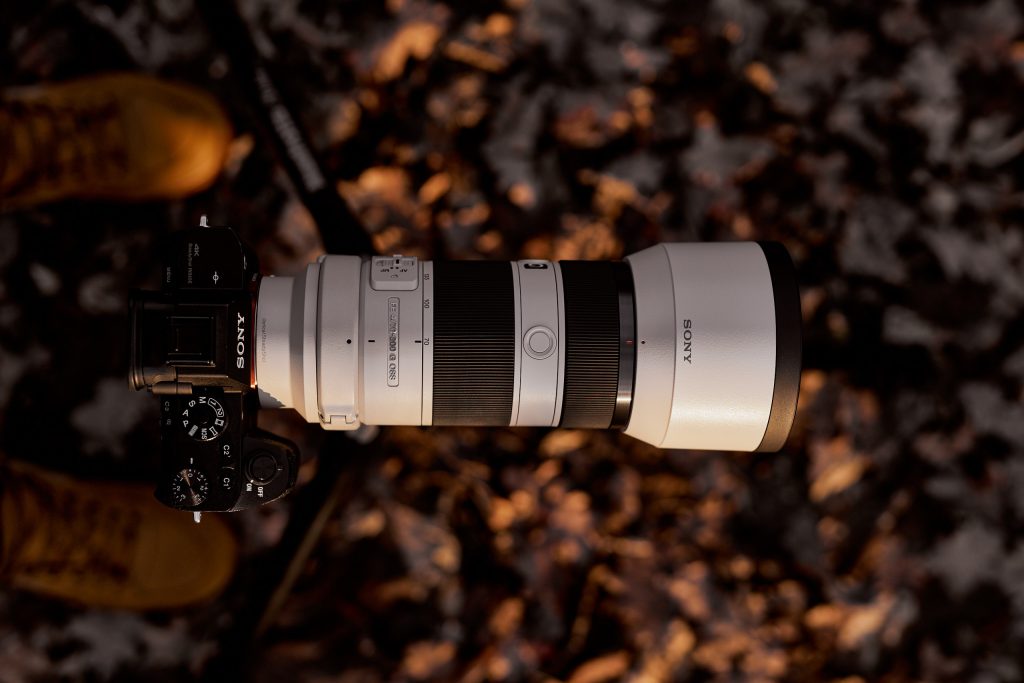
Essential Gear for Landscape Photographers

Landscape photography allows us to capture the beauty of nature in a way that invites viewers to explore the world through our lens. But to achieve the best results, having the right gear is crucial. Here’s a guide to the essential equipment every landscape photographer should consider.
1. A Quality Camera with High Resolution
While it’s true that the best camera is the one you have with you, landscape photography benefits greatly from cameras that offer high resolution and dynamic range. A camera with a full-frame sensor can capture more detail and perform well in low light, which is essential during sunrise or sunset. Popular choices include the Sony A7 series, Canon EOS R, and Nikon Z series.
2. Lenses: Wide-Angle and Telephoto
- Wide-Angle Lens: A wide-angle lens (16-35mm) allows you to capture sweeping vistas and vast landscapes. These lenses emphasize the foreground, giving depth to your images.
- Telephoto Lens: While wide-angle lenses are commonly used, a telephoto lens (70-200mm) is equally useful for compressing scenes and capturing details that aren’t visible up close. A telephoto lens is perfect for capturing distant mountains, interesting rock formations, or wildlife in the background.
3. Sturdy Tripod
Low-light conditions are common in landscape photography, especially during the golden hour. A sturdy tripod is a must-have to keep your camera stable, allowing for long exposures without motion blur. Look for a lightweight but durable option that’s easy to carry, especially if you hike to your locations. Carbon fiber tripods are ideal, as they combine strength and portability.
4. Filters for Creative Control
- Polarizing Filter: A polarizing filter reduces reflections on water and enhances colors, making skies more vibrant and landscapes clearer.
- Neutral Density (ND) Filter: ND filters allow you to shoot with longer exposures even in bright light, which is ideal for creating a smooth water effect in rivers, lakes, and oceans.
- Graduated ND Filter: This filter is useful for balancing the light between the bright sky and darker foreground, allowing you to capture the scene without overexposing the sky.
5. Remote Shutter Release
A remote shutter release allows you to take photos without touching the camera, which reduces the chance of camera shake. This is particularly important for long exposures, as even the slightest vibration can cause blur. If you don’t have a remote, you can use the camera’s timer function as an alternative.
6. Durable Backpack for Carrying Gear
Landscape photographers often hike to reach the best locations, so a comfortable, durable backpack is essential. Look for a weather-resistant bag with ample storage, padded compartments for camera gear, and easy-access pockets for filters and accessories. Brands like Lowepro and Peak Design offer excellent options designed for photographers on the go.
7. Extra Batteries and Memory Cards
Shooting in remote locations means you may not have access to power sources. Always carry extra batteries to avoid missing any shots. Likewise, having multiple memory cards is essential, especially when shooting in RAW, as high-resolution files consume more storage space. It’s also a good idea to bring a weatherproof case to protect your memory cards.
8. Protective Rain Cover
Weather in nature can be unpredictable, so having a rain cover for your camera and lens is wise. This can be a lifesaver during sudden downpours and keeps your gear safe from dust and moisture, especially if you’re shooting near waterfalls or rivers.
9. Lens Cloths and Air Blower
Dust and moisture on your lens can ruin a great shot. A microfiber lens cloth and an air blower are essential for keeping your lenses clean while out in the field. Avoid using your clothing to wipe your lens, as this can scratch the glass.
10. Portable Power Bank and GPS Device
If you’re hiking in remote areas, a portable power bank will allow you to recharge your camera and phone. Additionally, a GPS device can be helpful for navigating back to specific locations and marking great spots for future visits.
